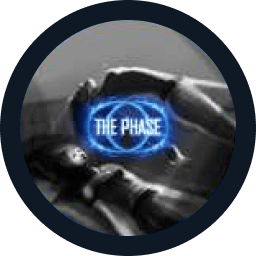Successful lucid dreaming depends on two key factors: the quantity and quality of your attempts. The more attempts you make and perform at a high level, the more likely you are to experience a lucid dream. However, most practitioners face psychological obstacles – common mistakes in lucid dreams – that spoil 30–75% of their attempts. This means that approximately half of all possible experiences are lost due to flaws in practitioners’ thinking.
There are two situations in which the practitioner completely loses the desire to continue: (a) awakening too fully and (b) awakening with physical movement. Even if the practitioner decides to make an attempt under these conditions, such attempts usually lack confidence and quality, which leads to complete refusal.
The irony is that both these sensations can be false. For example, after a person thinks “I woke up too fully, and nothing will work,” they often fall asleep almost immediately. Moreover, many movements that seem like physical movements are actually phantom movements. But even if a full awakening or movement is real, the chances of entering a lucid dream are not as low as they might seem. That’s why you should try anyway. Following this rule can double the number of successful experiences you have.
However, understanding this nuance does not necessarily mean the internal conviction of failure is overcome. To solve this problem, one can use a psychological trick based on self-deception. If it seems that the attempt is doomed, you should mentally say to yourself: “Well, most likely nothing will come of it, but I’ll just practice as if the conditions were ideal to make my future attempts more successful.” A real lucid dream may well occur as a result of such “training.” Thus, if upon awakening, the thought arises that nothing will work, you should cycle through various indirect techniques without focusing on the result.
It is also important to remember that many practitioners avoid attempts, thinking that it’s necessary to make attempts at the very moment of under-sleeping, which is one of the biggest lucid dreaming mistakes. Although this is indeed an important aspect, the transitional state usually arises precisely during the process of performing the techniques. Therefore, there is no point in refusing to make an attempt—you need to induce the desired state using techniques.
Every practitioner should realize that a lucid dream is possible upon any awakening, regardless of any sensations and thoughts. The main thing is not to analyze the situation but to try again and again.
Lucid Dreaming – Books from Authors-Practitioners
Recommended reading
Things that help you lucid dream









